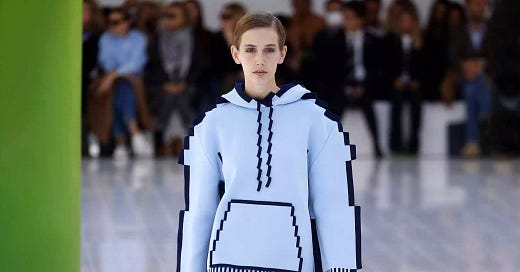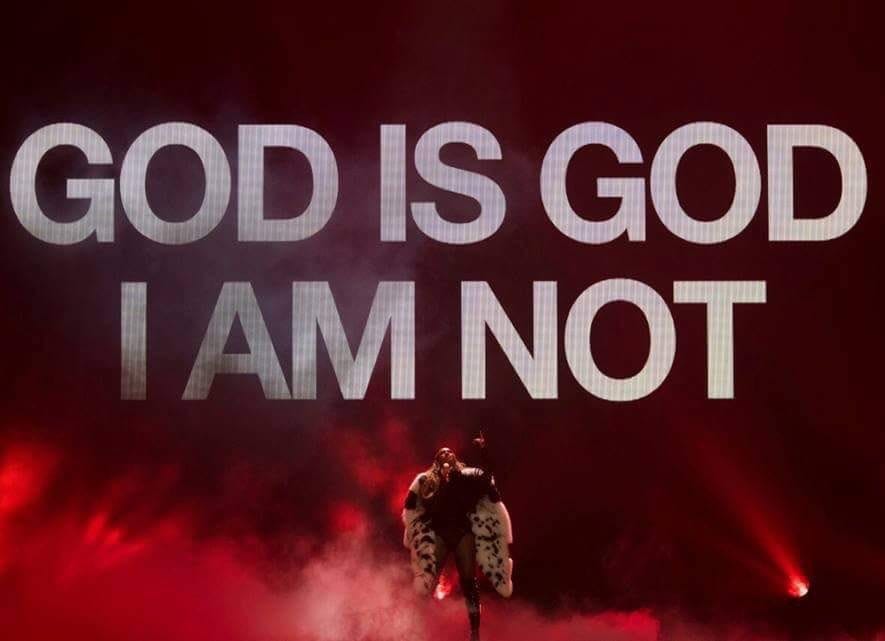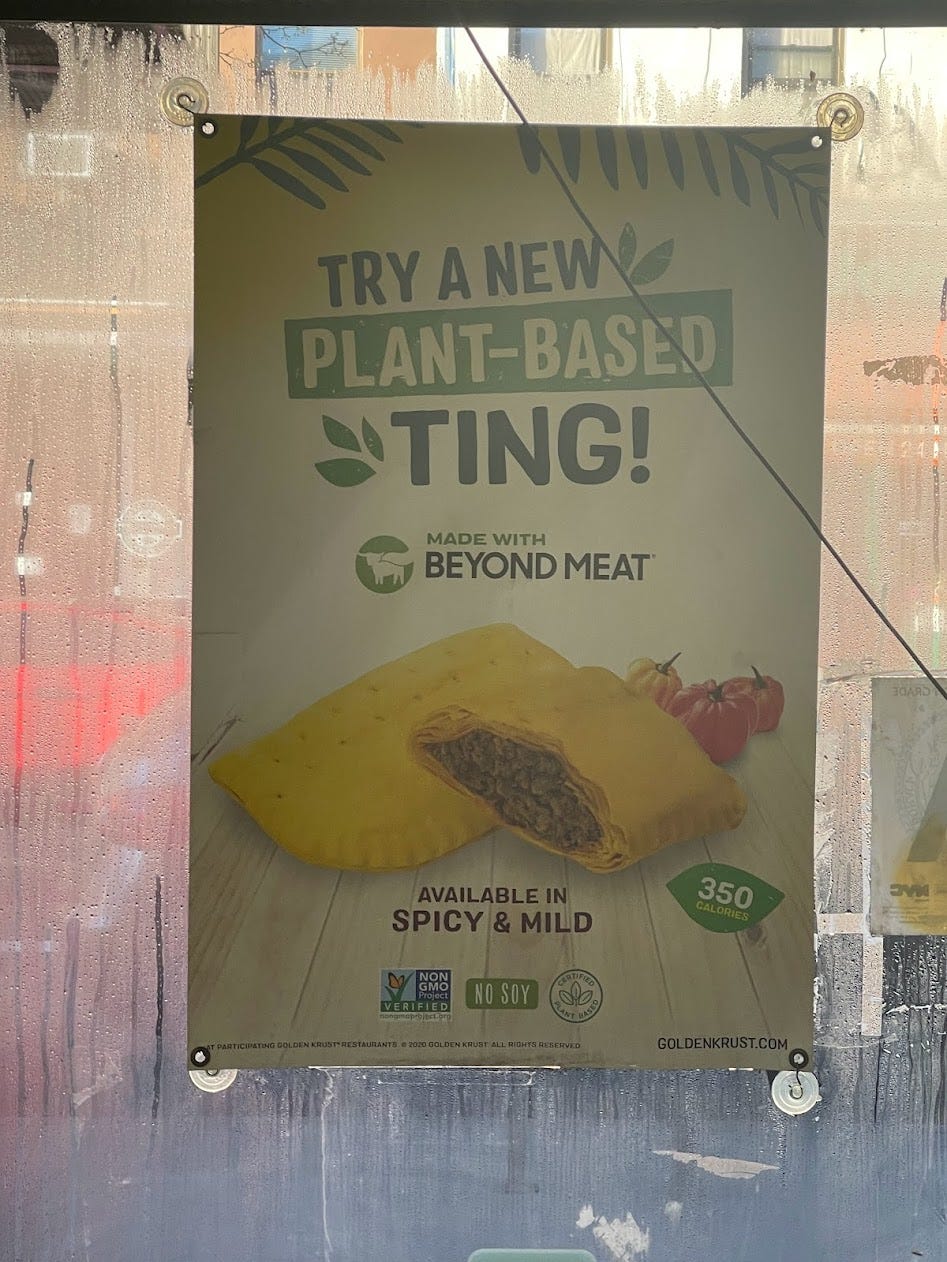At the end of September, a model strutted down the runway sporting a hoodie that appeared to be connected to shitty dial-up internet. That is, by the time the outfit debuted on the Loewe Spring/Summer ‘23 catwalk, it looked as though it was still buffering. The garment, dubbed “pixelated glitch” by the Spanish fashion house, contrasted abruptly from the model and the remainder of the collection. Rather than existing in our 3D world, the hoodie appeared digitally-imposed in post-production with 2D two-bit portraiture akin to Atari Space Invaders graphics. Upon seeing the outfit, first on Instagram and then on my laptop, my mind meandered as to what the hoodie was made of. Plastic? A type of fiber? Some next generation, digital force-field conceived in the valley? It didn’t look comfortable but it did look cool and out of my price range, three qualities that typically yielded an irresponsible swipe of my credit card. And yet, upon research, I discovered that it was made of a substrate more rudimentary than any of my guesses. The hoodie was made out of wool. I couldn’t clock it.
Soon again, my eyes were deceived by another fashion house. This time the culprit was creative director Matthieu Blazy of Bottega Veneta who orchestrated supermodel Kate Moss to saunter across the runway in a laid-back flannel button-up and oversized boyfriend jeans. Even though the outfit evoked the effortless chic that sprouted Moss’s career, the casualness of the fit rendered it an outlier against the rest of the show. Flannel and denim are accessible in ways that Bottega and Kate Moss are not. To my surprise, this was yet another case of smoke and mirrors as Moss’s wardrobe was revealed to be derived entirely from leather. The leather was printed and dyed to look like everyday fabrics, cosplaying casualness like a photo dump.
In the case of Loewe, the fabric established the illusion of otherworldliness while the low-brow lewk from Bottega trojan-horsed stellar leatherwork. Two different universes of fashion bound by the same artificial sorcery. Hoodwinked by hoodies, I became fevered by my inability to tell.
As the titans of tech race to win the war over artificial intelligence, it’s difficult to conceptualize how drastically our lives will change. The discourse ranges from prosperity to panic, fueled by remarks that artificial intelligence will create more millionaires than ever juxtaposed against a graveyard of obsolete jobs. A complete overhaul of how to work has been prophesied but, to me, the more interesting area to excavate is how the innovation will impact how to be. How to be human in a world that increasingly requires less humans to function. As my friends frolic in betas, showing me answers from ChatGBT and images from Midjourney, the question they ask me is always the same. Can you tell? Can you tell that this response was made by a machine? Can you tell that this art was created by AI? Can you tell that this video of Tom Cruise is actually a Deepfake? I study the images, the answers, the artwork, each output more sharp, more accurate, more human than the previous. To their questions, my answer is a despondent “no.” I cannot tell. But, if I’m being honest, could we ever?
As artificiality seeps into every aspect of our lives, we have begun to relish in our waning dexterity in deciphering the real from the fake. Earlier this year, an 18 year-old named Blythe Snyder strolled into a Target and discovered one of the ills of fast fashion: most of Target’s designs were copies of high fashion labels. With the help of a friend, Synder filmed a TikTok to promote the items in the store. In the video, Synder boisterously announces the name of the luxury brand the Target item is imitating followed by the abbreviated word for duplicate. “Dupe.”
In caramel-vanilla swirled clogs and a teal oversized shirt, Synder swings a white purse from side to side. “Balenciaga DUPE!” Exaggerated green sunglasses cling to Synder’s nose for dear life as she gesticulates her wrist with Italiano precision fit for Olive Garden. “Gucci DUPE!” Next, Synder with a fake gold watch hellbent on ceasing to tick the moment you purchase it. “Rrrrrolex DUPE!” A large, ruby red bra angled across Synder’s shoulder, her face hexed by a half smile. “Victoria Secret DUPE!”
I am confident that we can all guess what happened next. The “dupe” trend exploded across Vine DUPE! TikTok with a blitzkrieg of dupes that mimicked Synder’s comedic delivery but also a swell of videos that earnestly found comparable items to brand name ones for a fraction of the price. Once again, we became fascinated with our inability to tell.
The word “dupe” skillfully evades the negative connotation associated with “knock-off” or “bootleg.” One who purchases a “dupe” over the leading branded option is regarded as savvy shopper rather than a stingy one. By discovering and anointing an item a “dupe,” you are revealing an unflappable discernment for quality. You are inadvertently claiming that the dupe is not only difficult to distinguish from the original but also just as effective. You establish yourself as someone who is impervious of being hoodwinked (lucky you) by the sly marketing of large corporations and labels. Instead, you are a knowledgeable consumer who is educated enough to see substance through style. You have the aptitude and talent to recognize a Lamborghini where others would have seen a lemon.
Our celebration of the dupe’s ability to circumvent luxury marketing and redistribute power to shoppers is synonymous with the promise of AI: through artificial means we can get more for less.
Despite the recent virality of the dupe, the phenomena of not being able to tell has always existed. If I may, a brief ledger of extraordinary dupes:
Splenda 🧃
Pleather 🧑🎤
First, soy milk. Then, almond milk. And now: oat milk 🥛
Impossible Meat 🍔
Bella Hadid 💃
Levi’s using AI models of colour to ‘increase diversity’ *stares directly at the camera in Abbott Elementary* 👖
Margarine 🧈
Gelatin 🍬
Skorts 👗🩳
Perhaps, the existential question of can you tell is better examined through the lens of faith. Sometimes I wonder if the fear and resistance around AI is less about its unknown power and more about our relationship with a higher power. Can you tell that this has been made by God, the universe, a higher power or do you think that it is made by us, humanity and our machines? With 81% of the world identifying as religious, the advancement of AI presents a sea of unnatural wonders to minds who were conditioned to believe that talent, beauty and intelligence were exclusively God-given. If you are to believe that you have been made in God’s own image, it can be speculated that everything you create is also God. But with the ability to produce aspects of humanity that are so acutely human, perhaps even closer to God’s image than we could ever be, does that, in turn, make us gods?
In this new age of digital-induced divinity we have become duped deities. But with divinity comes doubt. And what is more human than questioning? The questioning of what we can see and what we cannot. What is more human than pinching the leaves of a potted plant to see if it's plastic? What’s more human than eyeing a friend’s new leather bag and wondering if they got in on Canal Street and not SSENSE? What’s more human than copping a feel (with consent!) to see if it’s ordained by God or manufactured in a lab?
I think therefore I am. This pondering affirms our existence as humans and builds a wall between us and an all-knowing, higher power. AI only serves as yet another mirror for this continuous questioning, the never-ending can you tell. The same question that existed when we first sipped aspartame, and not sugar, in sodas to when we ogled the pixelated Loewe sweater to try to determine the material. We’ve never been able to tell and that’s the most human thing about us. It’s what separates us from the machines but also us from a higher power, whoever or whatever that may be for you.
Two weeks ago, I moved to a new neighbourhood and have spent more afternoons than I’d care to admit at the Jamaican patty shop steps away from my home. Upon entering, I laughed as my eyes met the poster for the Beyond Meat Jamaican patty. Expertly named “Plant Based Ting,” it served as a reminder that nothing is sacred. Against my ancestors wishes, I ordered it, driven by the same propulsion that plagues humanity: I wanted to see if I could tell. Excited, I bit into the crust. The pastry crumbled under my teeth. The heat from the ‘meat’ licked the base of my nose. As the corners of my mouth curled into a smile, I eagerly readied myself to be hoodwinked once again.











